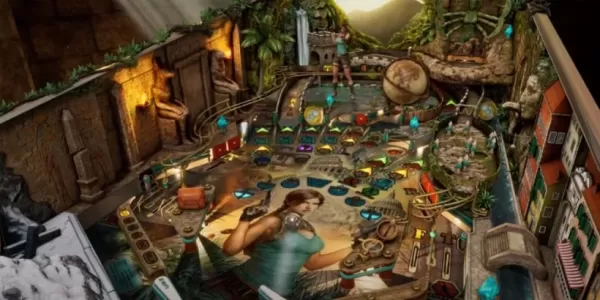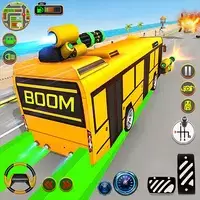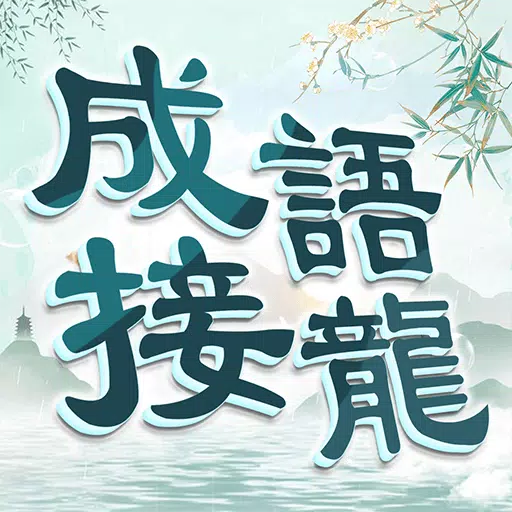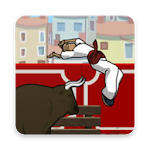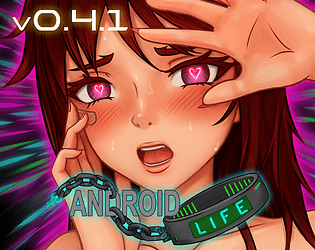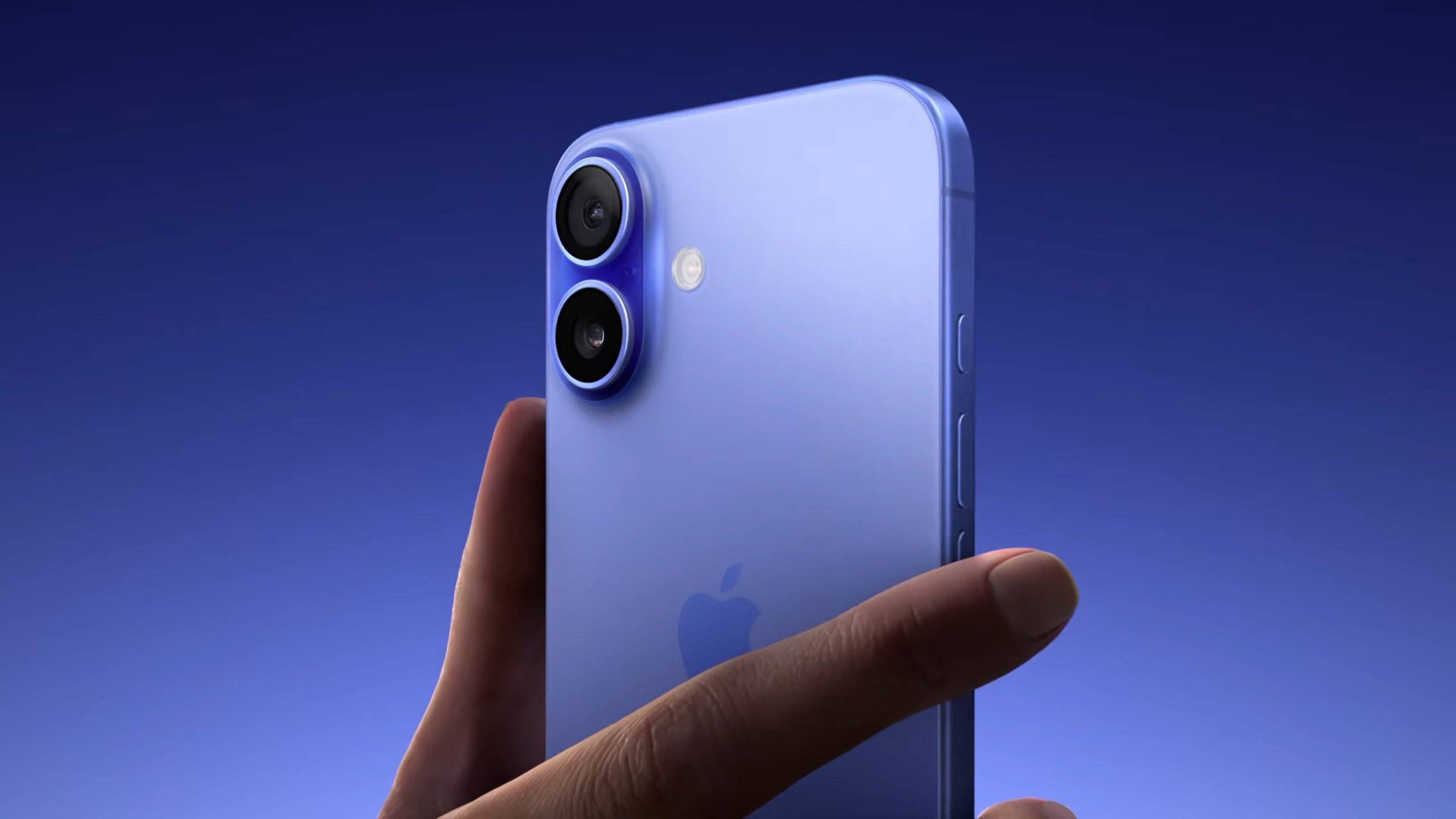"Ultimate Terracotta Guide for Minecraft Players"
In the vibrant world of Minecraft, terracotta stands out as a beloved building material, cherished for its aesthetic appeal and the wide range of colors available. This article delves into the process of creating terracotta, its unique properties, and its versatile applications in construction.
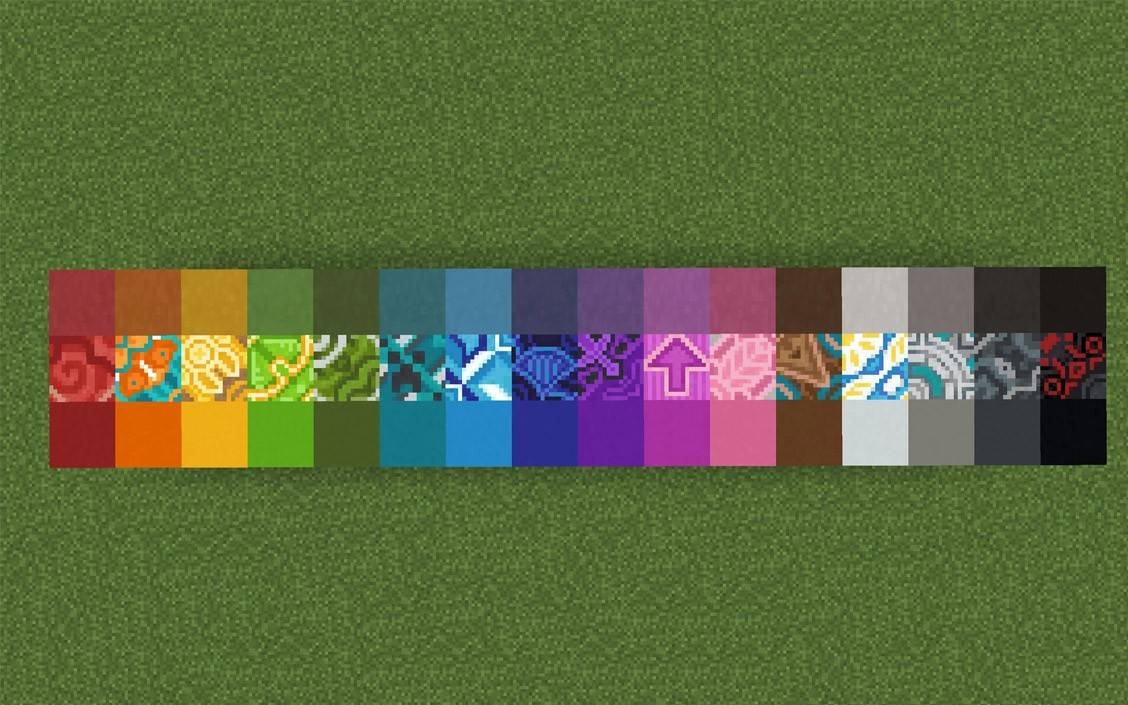 Image: planetminecraft.com
Image: planetminecraft.com
Table of Contents
- How to Get Terracotta in Minecraft
- The Ideal Place for Gathering Terracotta
- Types of Terracotta
- How to Use Terracotta in Crafting and Construction
- Availability of Terracotta in Different Versions of Minecraft
How to Get Terracotta in Minecraft
To obtain terracotta, start by gathering clay, which can be found in bodies of water, rivers, and swamps. Once you've collected the clay blocks, break them to gather clay balls. These balls can then be smelted in a furnace using fuel like coal or wood. After smelting, the clay transforms into terracotta blocks, ready for use.
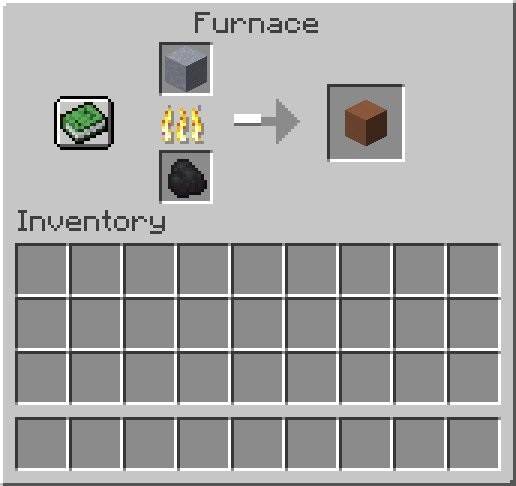 Image: ensigame.com
Image: ensigame.com
Terracotta can also be found in certain generated structures, such as within the mesa biome, where naturally colored versions of this block appear. In Minecraft Bedrock Edition, you can acquire terracotta through trading with villagers, adding another convenient method to your arsenal.
 Image: pinterest.com
Image: pinterest.com
The Ideal Place for Gathering Terracotta
The Badlands biome is your go-to destination for terracotta. This rare and visually striking biome is a natural treasure trove of terracotta, featuring multicolored layers including orange, green, purple, white, and pink. Here, you can harvest terracotta in abundance without the need for smelting, making it a highly efficient source.
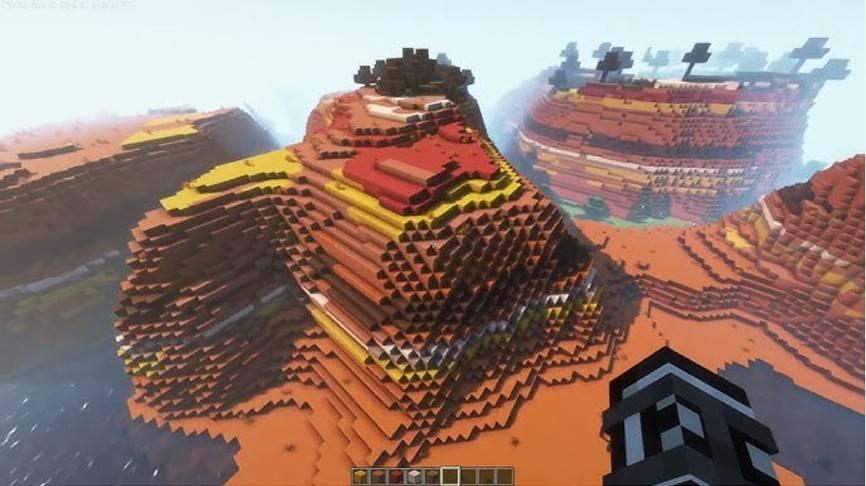 Image: youtube.com
Image: youtube.com
The Badlands also offer other resources like sandstone, sand, gold, and dead bushes, making it an ideal spot for building colorful bases and collecting valuable materials.
Types of Terracotta
Standard terracotta boasts a brownish-orange hue, but its true versatility shines through when dyed. With sixteen different colors available, you can transform terracotta into any shade by combining it with dyes on a crafting table. For instance, adding purple dye results in purple terracotta.
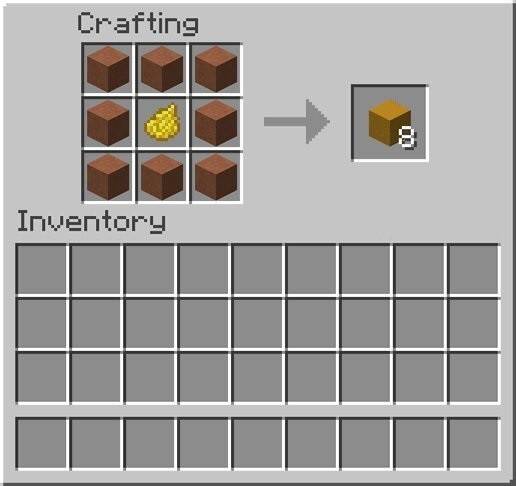 Image: ensigame.com
Image: ensigame.com
Glazed terracotta, created by re-smelting dyed terracotta in a furnace, features unique patterns that can be arranged to create decorative motifs. These patterns make glazed terracotta perfect for accentuating areas on floors, walls, or marking special locations.
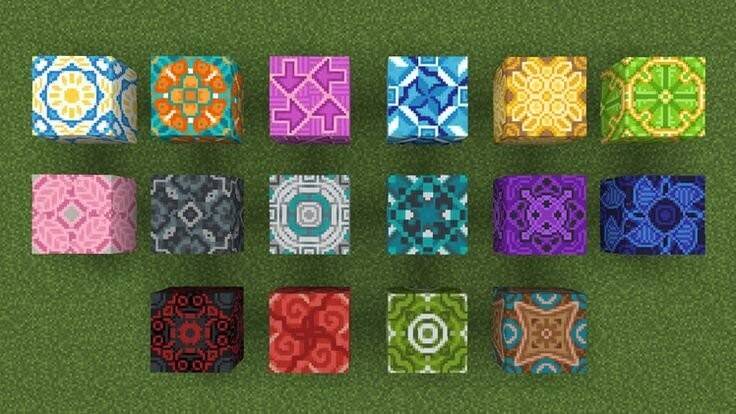 Image: pinterest.com
Image: pinterest.com
How to Use Terracotta in Crafting and Construction
Terracotta's durability and vibrant colors make it an excellent choice for both interior and exterior design. Its versatility allows for intricate patterns and ornaments, making it ideal for wall, floor, and roof cladding. In the Bedrock Edition, terracotta is used to craft intricate mosaic panels, enhancing your building possibilities.
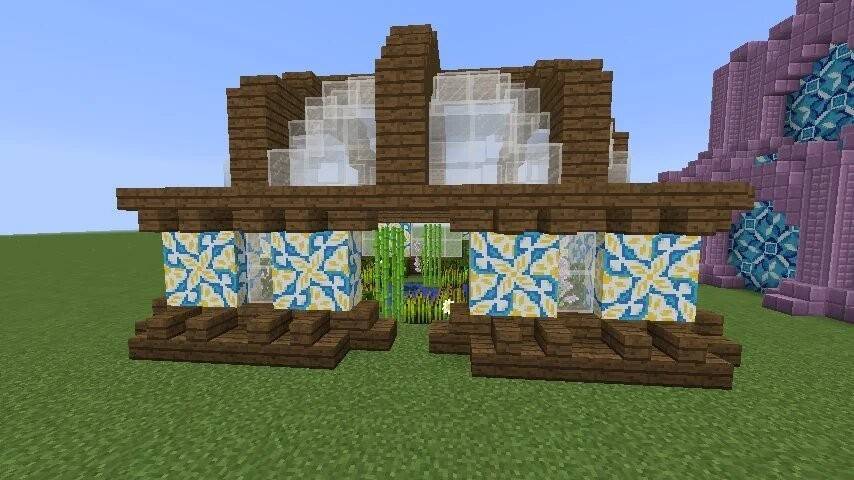 Image: reddit.com
Image: reddit.com
In Minecraft 1.20, terracotta also serves as a material for creating armor patterns with the Armor Trim Smithing Template, allowing for personalized armor designs.
Availability of Terracotta in Different Versions of Minecraft
Terracotta is accessible in both Java Edition and Bedrock Edition, with similar acquisition methods across both, though textures might vary slightly. In certain versions, you can obtain terracotta from master-level mason villagers in exchange for emeralds, offering a convenient alternative if you're not near a mesa biome or prefer not to smelt clay.
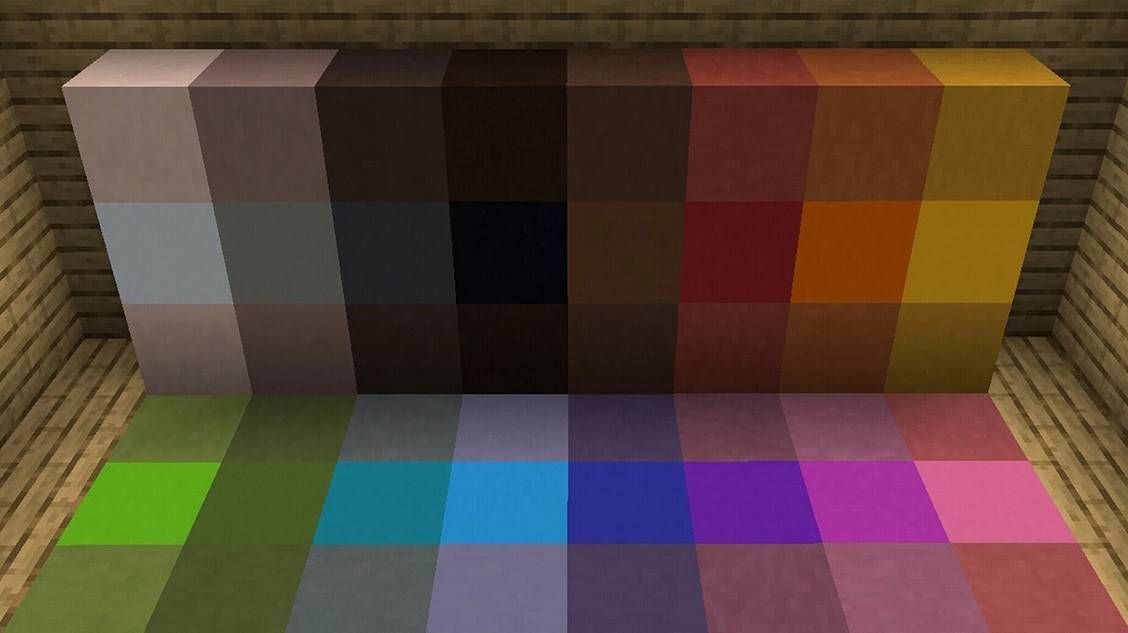 Image: planetminecraft.com
Image: planetminecraft.com
Terracotta is a robust and visually appealing block that's easy to acquire and dye in various colors. Whether used in its solid form or as glazed terracotta with intricate patterns, it's an excellent choice for enhancing your Minecraft creations. So, dive into your next project and let your creativity shine with terracotta!
-
Discover hidden mysteries within Croft ManorChallenge yourself with two exciting new tablesExperience Lara Croft's legendary adventuresFollowing last month's announcement, Zen Pinball World has officially released its newest DLC featuring Tomb RaiderAuthor : Hannah Dec 23,2025
-
Alienware's 2025 mainstream gaming laptop, the "Alienware Aurora," is available in two 16-inch models: the 16 and the 16X. During its July Black Friday sale, Dell has reduced the price of the Alienware Aurora 16 with a GeForce RTX 5060 mobile GPU toAuthor : Sarah Dec 22,2025
- Wuthering Waves: Uncover the Secrets of Whisperwind Haven's Palette
- Mastering Two-Handed Weapons in Elden Ring: A Guide
- Roblox Simulator Codes: Unlock Exclusive Rewards!
- Top 25 Palworld Mods to Enhance Your Game
- Ultimate Guide to Shinigami Progression in Hollow Era
- Karl Urban Debuts as Johnny Cage in Mortal Kombat 2

